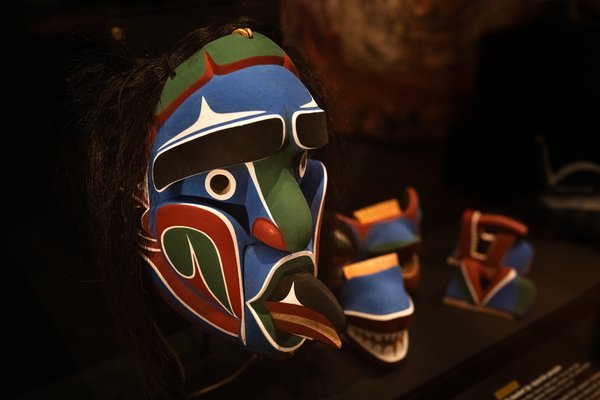Digital Heritage Students Lecture
Notes from a talk given for students studying digital heritage at the University of Western Sydney.
What is Web 2.0?
According to Wikipedia "The term ‘Web 2.0’ is commonly associated with Web applications that facilitate interactive information sharing, interoperability, user-centered design and collaboration on the World Wide Web.”
Web 1.0 was seen as having a primary focus on information provision—a one-to-many model in which there was little in the way of feedback, sharing, and conversation. That has since changed. The most profound impact of the Internet, and specifically Web 2.0, is “ . . . its ability to support and expand the various aspects of social learning,” Seely Brown and Adler write (2008, 18).
Why do museums need to be thinking about Web 2.0?
- Research has shown that visitors to museums access the tools of Web 2.0 at a higher rate than those that don't.
- Visitors come to museums for an social learning experience and the tools of Web 2.0 are changing the nature of informal learning (in particular) and therefore the types of physical experiences museums will need to offer in future.
- The Participatory Museum and ideas around co-curation and visitor-generated content and design - All About Evil Facebook group and blog as an example of this.
- Connecting more closely with audiences - Mr Blobby as an example of this.
- The rise of the mobile web and smartphones: 'Visitors will attend museums wth more access to technology in their pockets than there is in the entire museum' - Ralph Appelbaum, 2008.
- Children grow up knowing no other world than an online, connected one.
The role of narrative in museums
Museums are ideal places where stories can be told that encourage visitors to make their own meanings. Bedford (2001) noted that 'Stories are the most fundamental way we learn. They have a beginning, a middle, and an end. They teach without preaching, encouraging both personal reflection and public discussion. Stories inspire wonder and awe; they allow a listener to imagine another time and place, to find the universal in the particular, and to feel empathy for others. They preserve individual and collective memory and speak to both the adult and the child' (p.33).
The New Literacy, New Audiences project
This research project was managed by the Queensland University of Technology through the ARC Centre for Excellence for Creative Industries and Innovation. It examined how the evolution in digital content creation and multiplatform distribution could create a new audience of active cultural participants. The prject resulted in a series of Australian Museum Stories developed and created by a number of staff from across the Museum and then evaluated with a range of audiences.
Over to you
What areas of the Museum's physical spaces could be further developed as digital stories or blog posts for the website? It could be an entire exhibition, an object/s within an exhibition, some text that takes your fancy or anything else really. Let's get creative - each group will write a 200 word (or so) precis and I'll upload them to our website for comment and discussion.












